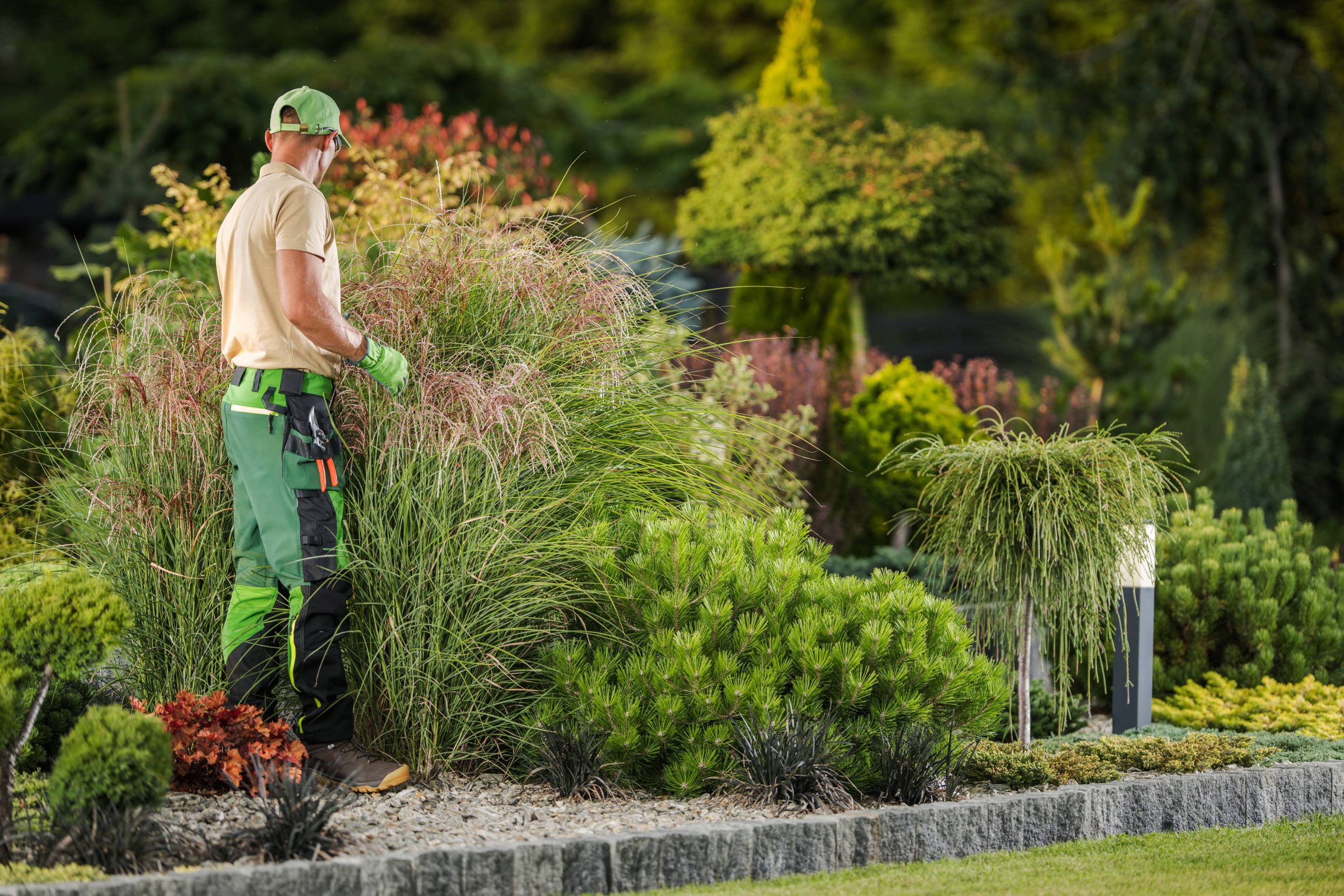
In the world of gardening and landscaping, plants often take center stage. However, to transform a garden into a truly captivating space, many enthusiasts are now turning to the art of incorporating sculptural elements and decorative pieces. Such additions can bring structure, creativity, and personalization to your outdoor haven. Whether it’s a contemporary steel sculpture, an intricate stone birdbath, or a charming homemade mosaic, garden art can serve both an aesthetic and functional purpose. Join me as we delve into the intricacies of crafting sculptural elements and decorative pieces for gardens—an endeavor that combines creativity, craftsmanship, and a touch of nature’s elegance.
Understanding the Art of Garden Sculpture
At its core, creating sculptural elements for gardens is about blending artistry with nature. It is about observing the natural characteristics of the surroundings while bringing in man-made elements that augment the beauty of the space. Whether you are aiming for subtlety or grandeur, adding sculpture to a garden is an art in itself.
Material Matters: The choice of material is crucial when crafting garden sculptures. Traditional options like stone and wood have long been favored for their durability and natural look. Stone sculptures, whether carved or constructed, can evoke timeless elegance. Conversely, wood can be shaped into various forms, often offering a rustic charm that ages beautifully with time. For those inclined towards a modern aesthetic, metals like stainless steel, aluminum, and corten steel offer a polished look and a wide range of design possibilities.
Concept Development: Before you start sculpting, it is vital to consider the overall aesthetic and atmosphere of your garden. Do you want to evoke tranquility, create a whimsical environment, or infuse a bit of cultural heritage? This will guide the design of your sculpture. Sketch your ideas, considering form, scale, and interaction with natural elements like sunlight, shadows, and vegetation.
Handmade Decorative Pieces: Adding a Personal Touch
Creating decorative pieces by hand allows for a deeper personal connection with your garden. These pieces can be as practical or purely aesthetic as you desire, and there’s a rewarding sense of accomplishment in seeing your vision come to life.
Creating with Mosaics: Mosaics are an exciting way to add color and texture to your garden. Whether on stepping stones, garden tables, or planters, colorful tiles can bring vibrancy and artful flair to any outdoor space. Start with a simple design and experiment with colors and patterns using broken tiles or glass. Not only is this a green practice, but it also offers endless opportunities for creativity.
Crafting Wind Chimes: Wind chimes made from various materials—such as bamboo, metal, glass, or ceramics—can breathe life into a garden setting through sound and movement. Designing your own wind chime can be a fun project. Think about the tones you wish to produce and how they complement the natural sounds of your garden, from birdsong to rustling leaves.
Upcycling for Unique Decor: Embrace sustainability by upcycling materials like old tools, broken pots, or discarded wood into garden art. For instance, an old garden fork can be repurposed as a charming plant marker, or broken terracotta pots can be reinvented as fairy garden houses.
Placement: The Art of Integration
One of the most crucial aspects of incorporating sculptural elements and decorative pieces in a garden is their placement. Thoughtful positioning can be transformative.
Harmony with the Landscape: Consider the natural lines and layout of your garden when placing sculptures. A large piece can serve as a focal point, while smaller elements can be more discreetly tucked among plants to surprise and intrigue visitors. Integrating sculptures with water features, such as fountains or ponds, can enhance their reflective qualities and interplay with light.
Seasonal Dynamics: Take into account how seasonal changes will impact the appearance of sculptural elements. Winter may bring heightened visibility as foliage falls away, whereas summer’s greenery might demand more prominent positioning.
Human Scale and Experience: Think about how people will encounter and interact with your pieces. Is the sculpture viewed from a path or bench, or is it meant to be discovered in a secluded nook? The journey through your garden should be engaging and thoughtfully curated.
Final Thoughts
Crafting sculptural elements and decorative pieces offers endless possibilities for creativity in the garden. While it can be as traditional or avant-garde as your imagination allows, it’s essential to maintain harmony with the natural environment. Each piece tells a story, reflects personal style, and adds layer upon layer to the overall garden experience.
So, embrace this craft. Experiment with materials, let your imagination soar, and take pleasure in the process of creating unique pieces that will not only beautify your garden but also provide years of enjoyment and inspiration. As you introduce these artistic elements into your outdoor space, remember that this craft, much like gardening itself, is a journey—a delightful fusion of art, nature, and expression.







